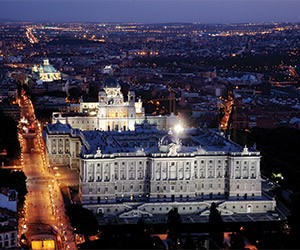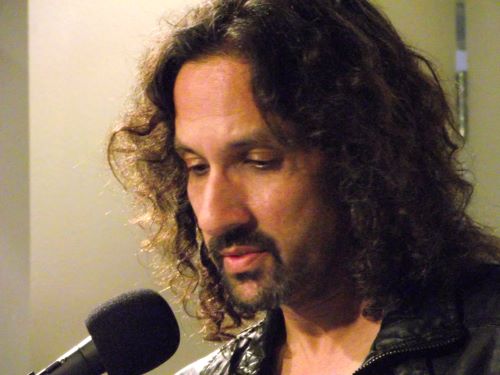In Madrid, regal history weaves with contemporary romance to highlight a city in the upper echelon of European culture, and with almost 200 square feet of green space per inhabitant, the natural aspects of Madrid more than dovetail with a bustling city life.
By the numbers, Madrid is the third most-populous European city after Berlin and London, with nearly half of its residents hailing from somewhere outside of the area. The Prado Museum is the largest art gallery in the world, and Madrid on the whole contains over 18,000 restaurants, bars and cafes. Numerous luxury hotels and investment projects are also in the pipeline, and all of the above accentuates any meetings business.
Romantic palaces, arts venues, country estates and urban flamenco halls all cater to group events, providing an unlimited array of items. The Madrid Conference Centre and Prince Felipe Congress Center might serve as the main venues for delegates, but any one of several historical and cultural off-site venues will easily fill in the gaps for smaller outings.
Madrid Convention Bureau
www.esmadrid.com
Getting there
40 million passengers travel through Madrid Airport Barajas each year, on their way to 174 domestic or international destinations. Of the more than 200 direct flights, 13 go to cities in the U.S. In addition, more than 30 European cities are connected to Madrid via high-speed trains.
5 Fantastic Off-Sites
Corral de la Moreria // http://casapatas.com
Since 1956, Corral de la Morería, the “Cathedral of Flamenco Art,” has been the most famous flamenco venue in the world, placing groups right next to kings, presidents, celebrities and high-end gastronomy. Located next to the Royal Palace, the venue features prestigious 18th and 19th century decor. For a more casual atmosphere, Casa Patas is a tavern-style restaurant with a wealth of basic tapas, but everything is still high quality. Private groups take advantage of both venues.
Casino de Madrid
Originally conceived in 1836 by a “group of young romantics and progressive liberals,” the Casino Madrid began in 1836 as a place where people could gather and discuss issues of the day. Now it is a well-regarded high society of sorts, a private club located in a majestic building listed on the Bien de Interes Cultural, a national register of protected structures. In addition to several opulent event spaces, the property includes two private nightclubs and a Michelin-starred rooftop restaurant with its own private gathering spaces. Function rooms exist on the ground floor and on the main floor.
Estadio Santiago Bernabeu
The city of Madrid is inseparable from soccer, and Real Madrid often ranks as the world’s richest team, valued at over $1 billion. You don’t need a group of 80,000 people to fill the whole stadium, as a handful of high-tech meeting spaces exist. Groups can even organize a private dinner on the field.
Palacio Del Negralejo
Built in the late 18th century on the ruins of an old castle, Palacio Del Negralejo is a country estate that now hosts up to 3,500 people for events. The venue features indoor and outdoor spaces that deliver a multisensory experience across the board. Inside the grounds, one finds old growth trees intersecting courtyards, plazas, pathways, rooms, spaces and even a wedding chapel. Outdoor space is surrounded by connecting streams, more old growth pine trees, crystal clear forest air and the shadows of history. Gastronomy also plays a role, with Vasco-Castellana cuisine taking priority.
Teatro Real
A world renowned opera house that originally launched in the mid-19th century, Teatro Real was rebuilt 20 years ago to great fanfare. It is now one of Europe’s preeminent theatrical venues, one that still soaks in history, opulence and regal prestige. The theater capacity is over 1,700, but several different salons and spaces offer various smaller configurations. The stage, the foyer, the restaurant and the main auditorium are all available.




